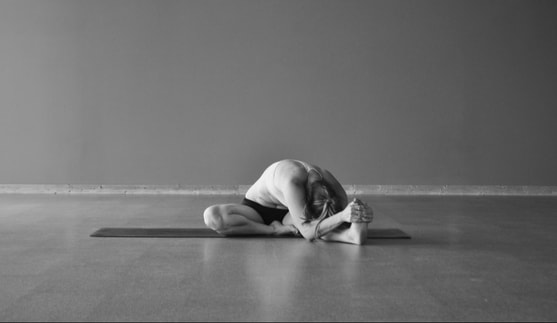|
Our last blog about being a good student got quite a lot of responses from teachers. Many asked, “How do I communicate this to my students?” That blog was geared toward the student in all of us, not the teacher in some of us. The simple truth is, we communicate this idea by being a good student ourself. It is so important, not only to set an example, but for our own search for humility and desire to progress on our own yogic path. Be careful that you don’t respond to the idea of being a good student from the perspective of a teacher. We are all students. Period.
Being a teacher can certainly be challenging. It can be frustrating and difficult to teach a whole room of people. The question we need to ask is “Why is it frustrating when people don’t listen?” Most of the time we take it very personally when our students disregard what we say. We think it is about us. However, everyone wants to do better and be better. That is why they are spending their time and money taking a yoga class. Even though it might not look like that on the outside, they are trying their best in each moment of the class. The first way we can free ourself from the frustrations of being a teacher is to recognize this: It isn’t about us, and they are doing their best. What we perceive as a purposeful dig against us is them doing their best in that moment. I once had someone hit me when I tried to help them in Standing Deep Breathing. It was not a fun moment. I spent the next few minutes of class fuming while trying to keep the rest of the class going. That was until I came to this next point: Giving people attention is a choice. If you don’t have it in you to compassionately give a student your energy, don’t. There are people who come to class who are wading thick through their own crap and are not open to anything you might have to say to them. In that moment, they need space. They are still in a yoga class, not on their couch watching bad TV with a bag of chips. Let them be. It will save you from the frustration that comes from trying to push up against a rigid person and it will give them a little room to let whatever is moving through them pass. There are other longer term goals we should strive for, in order to teach each class of people we have in front of us. It is important that we assume the responsibilities of the teacher, just as it’s important that as assume the responsibility of the student when we are learning. A teacher has to be a leader and should teach everyone who is in the class. This means that we cannot say things like “You are your own teacher.” If they are their own teacher, what are we doing in the class? Encouraging students to stay out of pain is extremely important, but we must lead. In order to lead, we must have something to offer. This demands we continue our own study and practice with great diligence. We must be able to offer something to everyone who is in class. That means if we have an advanced student, we have to offer them something. If we have a beginning student, we have to offer them something different. Even if the poses and the words we use are largely the same, we must be lead our students. Just as we are on our own yogic path, so are our students. For everyone that path looks slightly different. Sometimes progress seems slow. As teachers, let’s assume the best about our students, show up and lead. When it feels impossible to show up with compassion, let’s find a sub for our class and take the day off!
2 Comments
Jen Cohen
5/10/2018 01:37:14 pm
This is such good advice. I was in a class just the other day and the tension between the teacher and a fairly new student was palpable . I wanted to say "she is doing her best--let go of your ego". Teaching with compassion is itself a practice of yoga.
Reply
David Lincecum
5/13/2018 05:43:56 am
I taught a fixed sequence class every Tuesday. A guy came every week. For the last third of the class he was doing all different postures including being in headstand when the rest of the class was on their backs. It kinda made me crazy for a while, then I surrendered and just ignored it. The other students really did not seem to notice. Eventually, he moved to a different city. So it was just a phase!
Reply
Leave a Reply. |
AUTHORSScott & Ida are Yoga Acharyas (Masters of Yoga). They are scholars as well as practitioners of yogic postures, breath control and meditation. They are the head teachers of Ghosh Yoga.
POPULAR- The 113 Postures of Ghosh Yoga
- Make the Hamstrings Strong, Not Long - Understanding Chair Posture - Lock the Knee History - It Doesn't Matter If Your Head Is On Your Knee - Bow Pose (Dhanurasana) - 5 Reasons To Backbend - Origins of Standing Bow - The Traditional Yoga In Bikram's Class - What About the Women?! - Through Bishnu's Eyes - Why Teaching Is Not a Personal Practice Categories
All
Archives
May 2024
|







 RSS Feed
RSS Feed